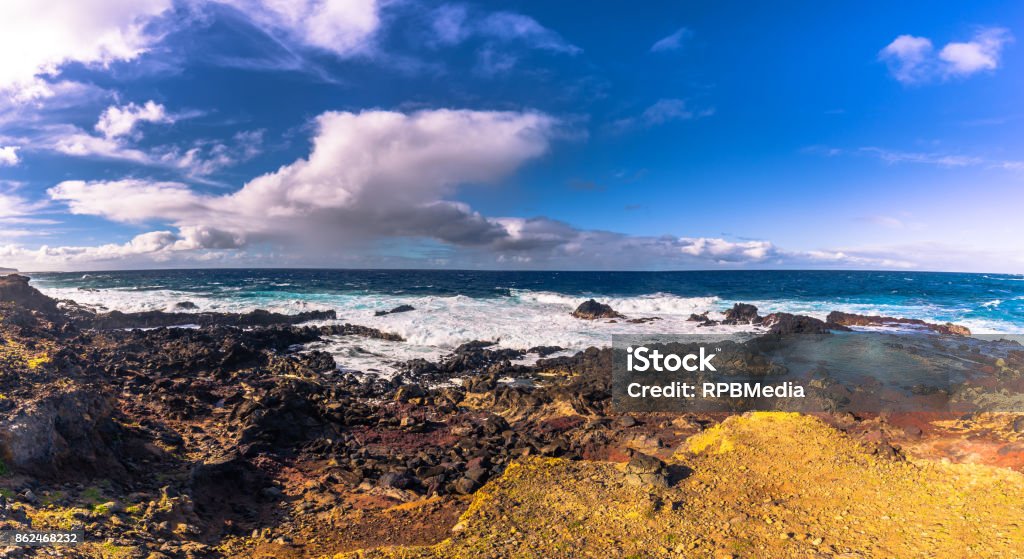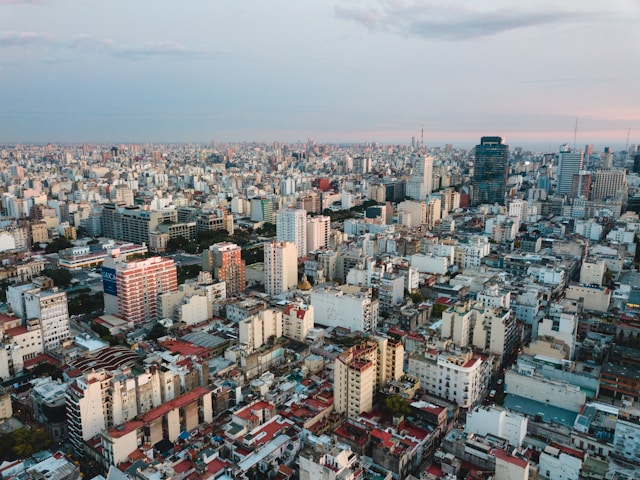Easter Island, or Rapa Nui, Ahu Akahanga is one of the most mysterious and enchanting destinations on Earth. Its ancient Moai statues, captivating landscapes, and rich cultural heritage make it a bucket-list destination for travelers. Among its many archaeological sites, Ahu Akahanga holds a special place, offering visitors a glimpse into the fascinating history and spiritual traditions of the island. Before you plan your trip to this iconic location, here are nine essential insights to make your visit truly memorable.
1. Understanding the Historical Significance of Ahu Akahanga
Ahu Akahanga is a ceremonial platform located on the southeastern coast of Easter Island. It is believed to be one of the oldest sites on the island, dating back to the early phases of Moai construction. Unlike other ahu (platforms) with restored and standing statues, the Moai at Ahu Akahanga remain toppled, preserving the site’s historical authenticity.
The platform is also associated with the legendary King Hotu Matu’a, the first Polynesian settler of Rapa Nui, whose tomb is rumored to be in this area. This connection makes Ahu Akahanga a deeply significant site for understanding the origins of Easter Island’s civilization.
2. The Fallen Moai: A Reflection of Cultural Upheaval
The toppled Moai at Ahu Akahanga are a somber reminder of the island’s turbulent past. Archaeologists believe that the statues were intentionally knocked down during periods of social and environmental decline, as rival clans vied for resources. This act symbolized a rejection of the old religious and political systems.
Visiting Ahu Akahanga allows travelers to reflect on the fragility of human societies and the challenges faced by the Rapa Nui people in maintaining their cultural identity amidst adversity.
3. The Layout of Ahu Akahanga
Ahu Akahanga consists of a long ceremonial platform flanked by stone-lined terraces where Moai once stood. The site also includes the remains of several hare paenga (boat-shaped houses) and stone ovens used by the island’s ancient inhabitants.
Exploring this site provides a rare opportunity to see the original state of an ahu before
restoration, offering insight into the daily lives and spiritual practices of the Rapa Nui people.
4. How to Reach Ahu Akahanga
Ahu Akahanga is located about 10 kilometers from Hanga Roa, the island’s main town. The site is accessible by car, bike, or guided tour. The drive takes approximately 20 minutes and follows a scenic coastal route that showcases the island’s rugged beauty.
For those who prefer an active approach, cycling to Ahu Akahanga is a rewarding experience, allowing you to take in the stunning landscapes at your own pace.
5. Best Time to Visit Ahu Akahanga
The best time to visit Ahu Akahanga is during the island’s dry season, which runs from April to October. During this period, the weather is cooler and more stable, making it ideal for exploring archaeological sites.
Early mornings and late afternoons are particularly magical times to visit, as the soft light enhances the dramatic beauty of the fallen Moai and the surrounding coastline.
6. Cultural Etiquette and Respect for the Site
Ahu Akahanga, like all archaeological sites on Easter Island, is a protected area and part of the Rapa Nui National Park. Visitors are required to follow strict guidelines to preserve the integrity of the site.
Here are some key points to keep in mind:
Do not climb on the Moai or the ceremonial platform.
Stay on marked paths to avoid damaging the fragile environment.
Respect the cultural significance of the site by observing it with reverence and silence.
By adhering to these guidelines, you can ensure that Ahu Akahanga remains intact for future generations.
7. What to Bring for Your Visit
A visit to Ahu Akahanga involves walking across uneven terrain, so it’s essential to come prepared. Here’s a quick packing list to help you make the most of your trip:
Comfortable walking shoes with good grip
Sunscreen, sunglasses, and a wide-brimmed hat to protect against the sun
A reusable water bottle to stay hydrated
A camera or smartphone to capture the beauty of the site
A guidebook or app with information about Easter Island’s history and culture
By planning ahead, you’ll be able to explore Ahu Akahanga comfortably and safely.
8. The Spiritual Connection to the Moai
The Moai at Ahu Akahanga were more than just statues; they were powerful symbols of ancestral reverence. Each Moai represented a deified ancestor, believed to watch over the island’s inhabitants and provide spiritual protection.
Although the Moai at this site have fallen, their spiritual significance endures. Visitors often report feeling a deep sense of connection to the island’s past and the enduring legacy of the Rapa Nui people.
9. Combining Ahu Akahanga with Other Sites
Ahu Akahanga is just one of many fascinating archaeological sites on Easter Island. To gain a comprehensive understanding of the island’s history and culture, consider combining your visit with other nearby attractions, such as:
Rano Raraku: The volcanic quarry where the Moai were carved.
Tongariki: The largest ceremonial platform on the island, featuring 15 standing Moai.
Anakena Beach: A picturesque beach with restored Moai and a beautiful setting for relaxation.
Planning a full-day itinerary that includes Ahu Akahanga ensures you’ll experience the diverse wonders of Easter Island.
Conclusion
Ahu Akahanga is a must-visit destination for anyone seeking to delve into the mysteries of Easter Island. Its fallen Moai, ceremonial platform, and surrounding features provide a unique glimpse into the island’s rich history and the resilience of the Rapa Nui people. By understanding the cultural and historical significance of Ahu Akahanga, you’ll gain a deeper appreciation for this sacred site and the lessons it offers.
FAQs
1. Why are the Moai at Ahu Akahanga toppled?
The Moai were toppled during periods of social and environmental upheaval on Easter Island, as rival clans rejected the old religious and political systems.
2. Is there an entrance fee for Ahu Akahanga?
Yes, Ahu Akahanga is part of the Rapa Nui National Park, and visitors need a park pass to access the site. The pass can be purchased upon arrival on the island.
3. Can I visit Ahu Akahanga without a guide?
While it is possible to visit independently, hiring a guide is highly recommended to gain deeper insights into the history and significance of the site.
4. Are there facilities at Ahu Akahanga?
There are no facilities at Ahu Akahanga, so it’s important to bring water, snacks, and other essentials for your visit.
5. What is the best way to learn about the history of Ahu Akahanga?
To fully appreciate the history of Ahu Akahanga, consider joining a guided tour or using a reputable guidebook that covers the cultural and archaeological significance of Easter Island.
Also read : Cabo de Hornos: 10 Must-Have Items for Your Expedition




Leave a Comment